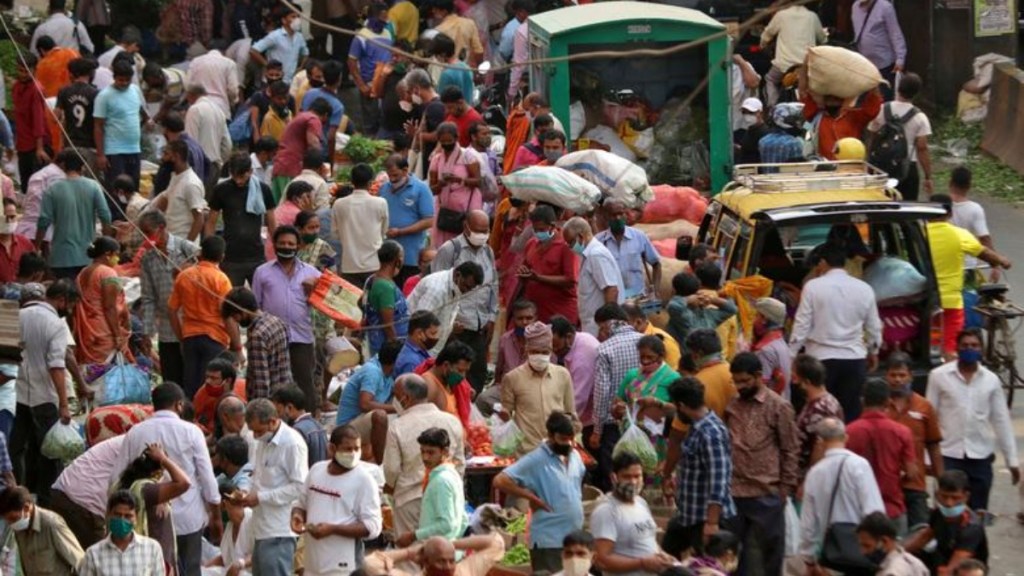The United Nations Population Fund’s State of the World Population 2023 report says India has overtaken China as the most populous nation. How did the country get here? What does this mean for the country’s economy? Are population control policies advisable in the current scenario? Sarthak Ray takes a look
Beating China
India had been projected to overtake China on population by the mid-2020s—this was first expected to happen by 2027, and then 2025. But the World Population Prospects report last year said this would happen by 2023. Now, the UNFPA’s State of the World Population report estimates India’s population at 1.428 billion, slightly above China’s 1.425 billion. Whether this is the actual headcount in the country or not, only a Census exercise can tell. India’s last Census—a decadal exercise—enumerated the population in 2011. The next round was scheduled for 2021, but was interrupted by Covid, and has since been postponed to 2024. India’s census exercise, though, is far from perfect, failing to count up to 23 people in every 1,000 in 2011.
Also Read: India passes China as world’s most populous nation: UN
Behind the rising population
India’s current birth rate is estimated at 16.949 live births per 1,000 people—the birth rate in 1950 stood at 44.175. The country’s fertility rate, at 2.0, is now below the replacement rate of 2.1—and much below the 5.907 recorded in 1950. Modern contraception, better levels of education among women, age of marriage increasing, etc, have helped.
So, why is the population still increasing? There is a momentum from the share of the reproductive age population in the overall headcount. “India continues to add significant numbers due to its young age structure and the decline in mortality/improved life expectancy,” says Chetan Choithani, assistant professor at the National Institute of Advanced Studies, Bengaluru. Even with a low fertility rate, a significant share of youth within a large population will make large additions for some time.
Young India
As Per the SOWP report, 15-64-year-olds (the working age population) account for 68% of the country’s population. And 10-24-year-olds account for 26%, making India one of the most youthful nations in the world. At the same time, those aged 65 years or above—considered out of the workforce and dependent on social security/income of the younger population—account for just 7%, lower than the 10% share in the global population.
Also Read: India’s population has already overtaken China’s, analysts estimate
For many years now, economists and other experts have called this India’s demographic dividend. Though for the dividend to meaningfully materialise and not get squandered, or worse, become demographic deadweight, the working age population has to be adequately skilled and healthy, with enough opportunities for sustainable and robust livelihoods. With the falling fertility rate, in the coming decades this youth bulge is going to deflate significantly.
Policy imperatives for India
With the total fertility rate coming down, though not uniformly across the country, population control policies that a few states have been talking about make little sense, since they are not going to yield a significant delta for the decline. In any case, a large chunk of respondents from India in a SWOP survey believe both the country’s population and its fertility rate to be quite high. Against such backdrop, adopting population control policies could do more damage than good—especially in terms of skewing the sex ratio at birth given India’s pronounced son preference.
The need right now, experts say, is to plan for improving health and education outcomes for the younger segments of the population, provide skilling opportunities and create sustainable and robust livelihood opportunities. Against the decline in fertility rate and the implications for the age distribution of the populations in the coming decades, India also needs to put in place the right social security structures as foster a robust care economy. The expert consensus is universal healthcare, gender justice, long-term plans for reskilling and upskilling, along with a focus on sustainable consumption will be key.

